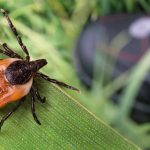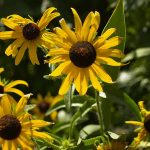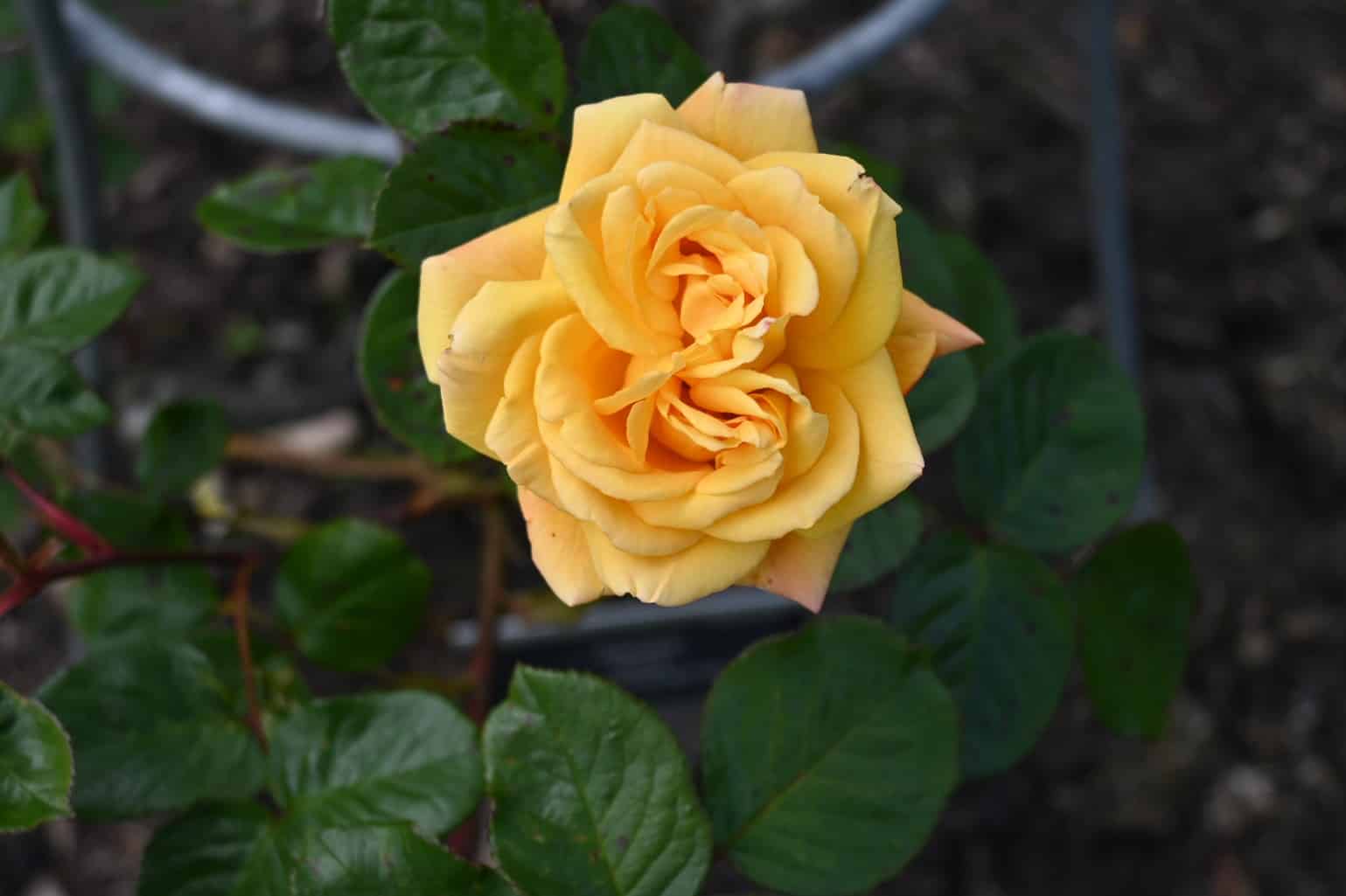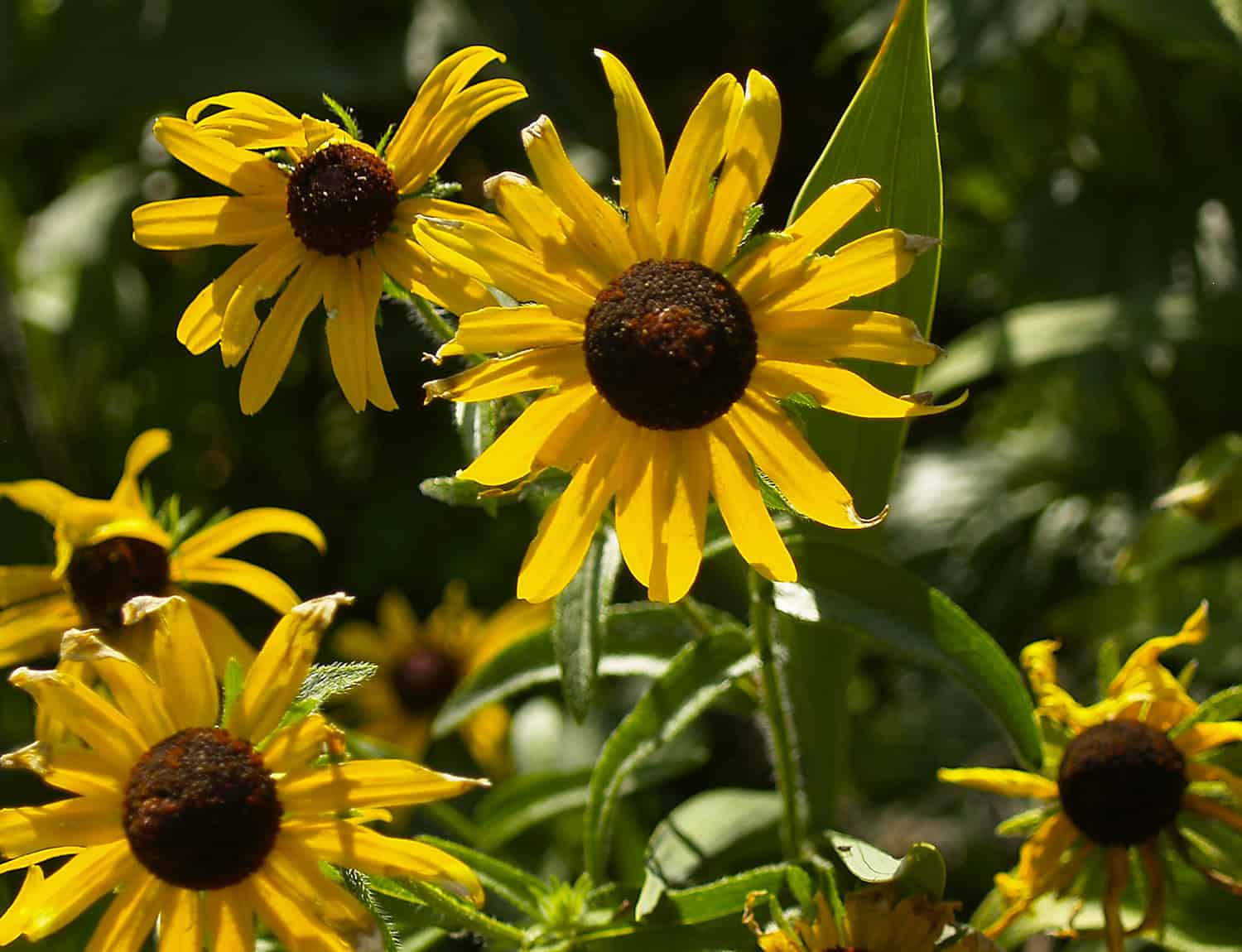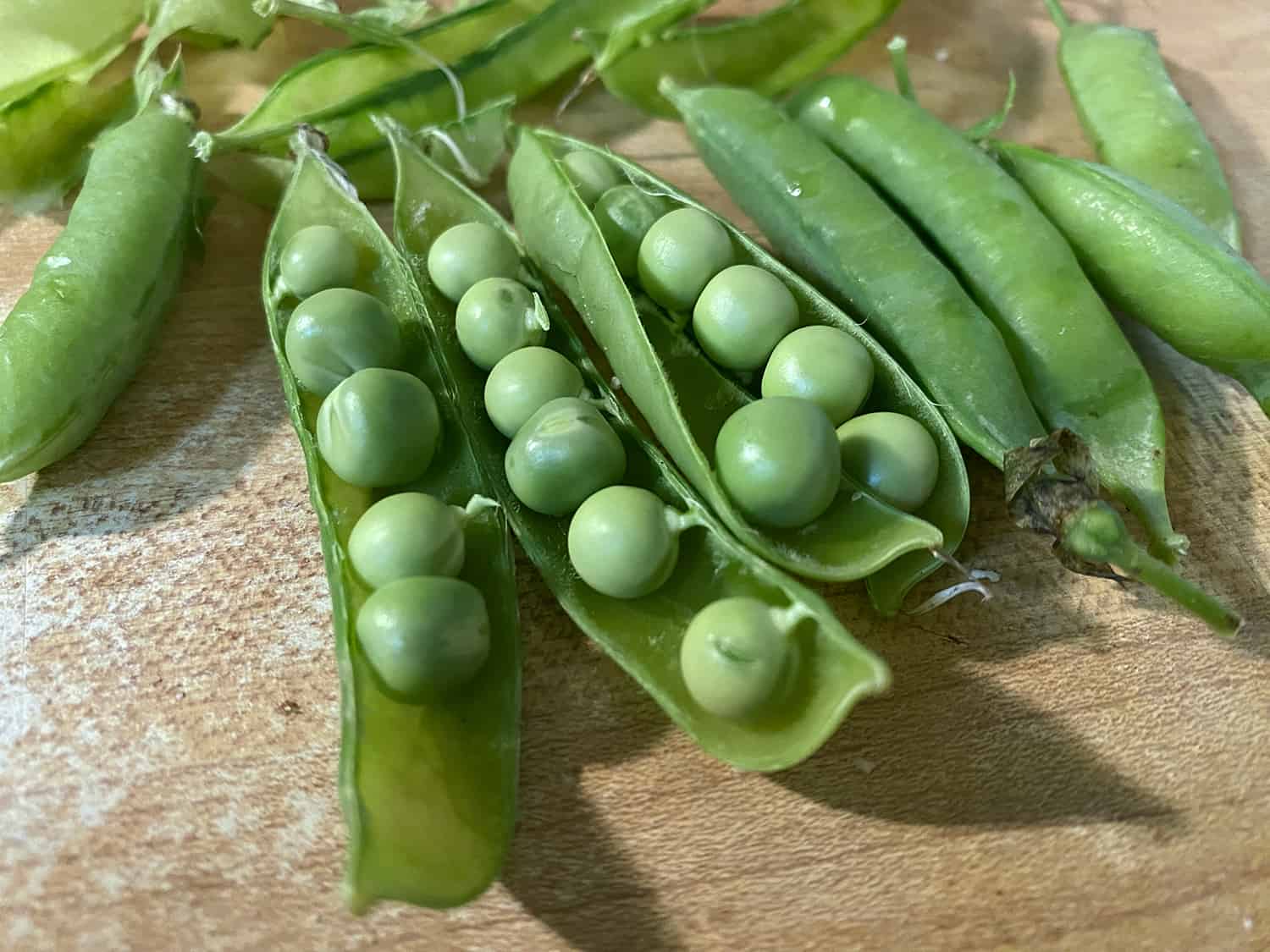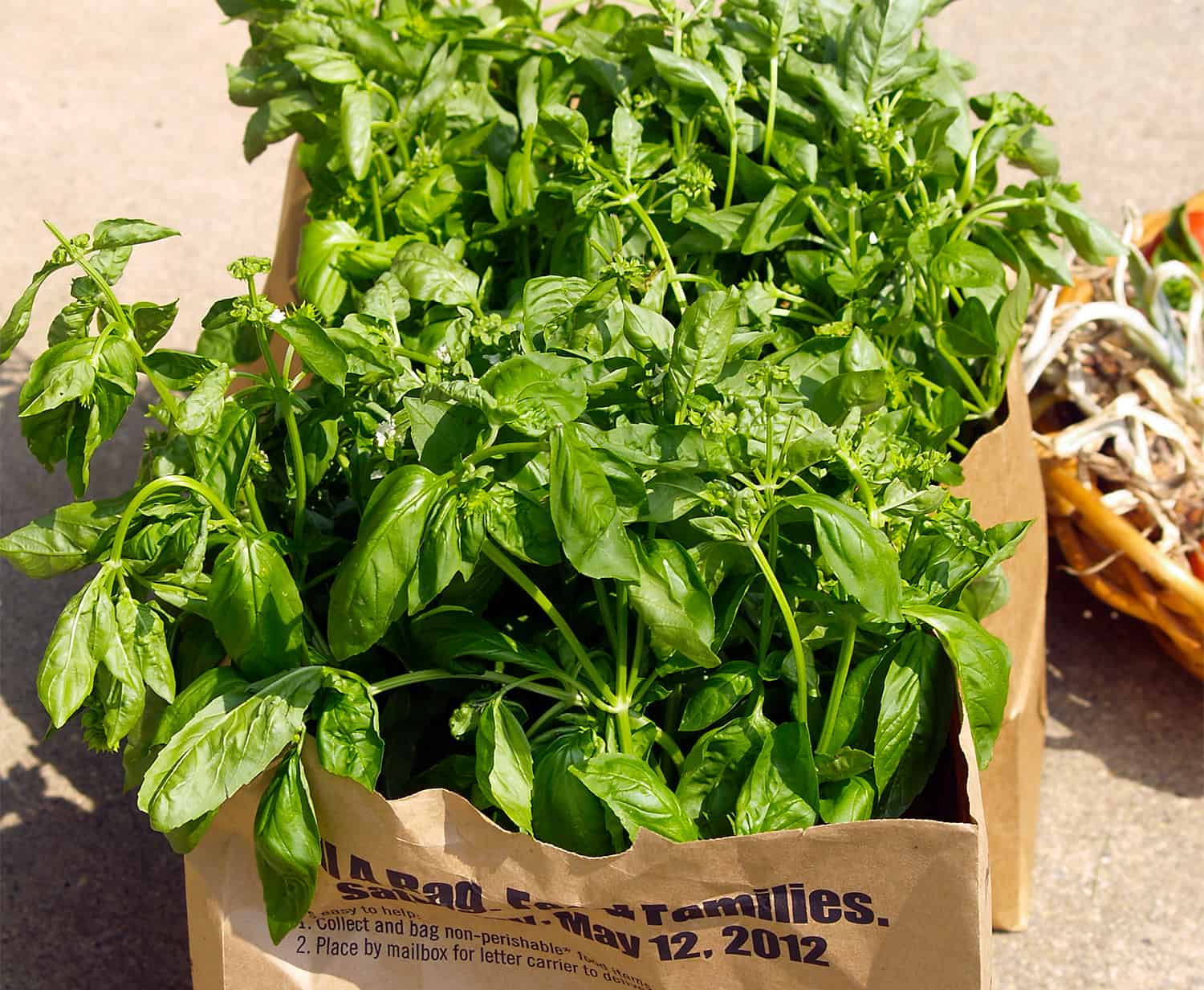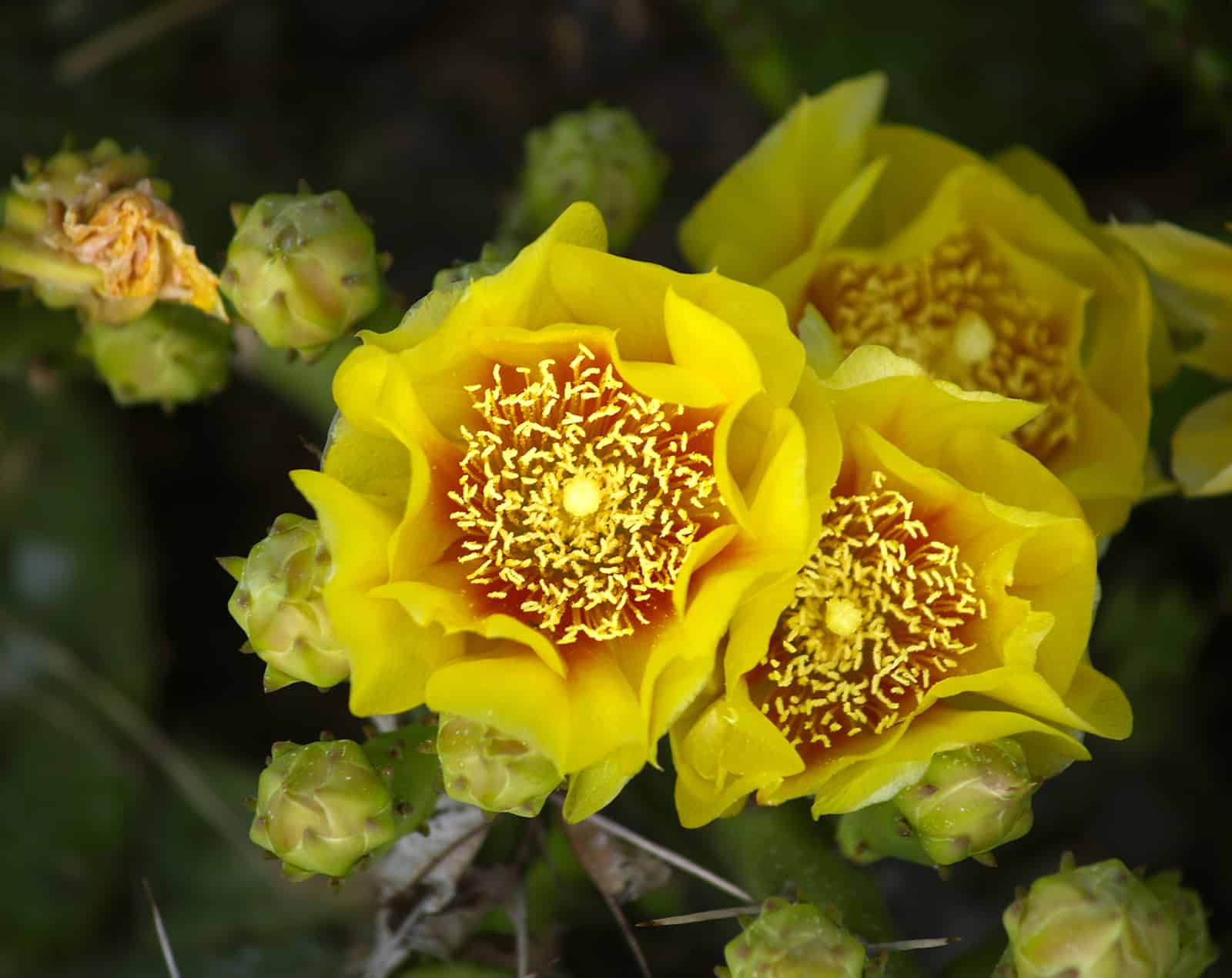[ad_1]
In case you’re new to gardening chances are you’ll surprise why you see an skilled gardener pulling the spent blooms off their rose bush. Or snipping the flowers off a daffodil. They’re doing a easy form of pruning known as deadheading.
With deadheading, previous progress and seed heads are “pinched” or reduce off the plant to stimulate new progress and extra flowers. As the one function (botanically talking) of a flowering plant is to bloom after which set seed, deadheading tips the plant into producing new blooms so it could possibly set extra seed. This extends the blooming season of the plant. It additionally retains sure species from reseeding and retains flowers and shrubs wanting recent and energetic all through the season.
After a plant is completed flowering, it begins to type seeds. The flowering course of is suspended, and the plant begins to make use of all its power to type seeds. Deadheading crops as quickly because the blooms start to fade will promote a second bloom…
When useless blooms are left clinging to flowering crops, they sap the vitamin and energy from the core of the crops and rob them of the power to supply new and colourful blooms. The deadheading course of redirects crops power from seed manufacturing to root and vegetative progress.
The way to deadhead flowers
There’s nothing to be hesitant about, as deadheading may be very easy and good for the plant. As flower blooms begin to look scruffy, “pinch” them on the base the place they meet the stem and gently pull the spent bloom from the plant. For thicker stems like roses, reduce the flower stems in between the dying bloom and the closest set of wholesome leaves. However take care that you just don’t snip off new flower buds!
A be aware about deadheading roses: Some styles of roses produce rose hips on the base of the flower, like these seen within the picture above of pinching. The hip is the fruit of a rose and incorporates many small seeds. If left on the plant, the hips will swell and fill with pure sugars and a excessive degree of vitamin C. They’re an vital supply of meals for wildlife within the fall, are very colourful, and are additionally utilized in meals like teas and jams. So in case your rose produces hips, chances are you’ll want to not deadhead your plant or deadhead only a portion of it as I do.
When to deadhead flowers
A flower bloom can final from sooner or later to a number of weeks and climate circumstances like warmth, wind, and rain have an effect on blooming a terrific deal. A easy stroll round your backyard as soon as a day will present you which ones crops want deadheading and which don’t.
Deadhead a flower as quickly because the bloom begins to say no and appears prefer it’s seen higher days. How typically is dependent upon the plant, however just a little remark will assist you determine it out.
- A daylily bloom fades after – you guessed it – sooner or later. The daylily deadheads itself and the dying bloom will fall off after a number of days. However deadheading makes the plant look nicer.
- A peony bloom lasts for roughly one week, however when on the decline, scatters its petals in a thick mass beneath the plant (this may be good or dangerous relying in your viewpoint). Moreover, deadheading can encourage some varieties to supply aspect buds after the principle bud blooms.
- Deadheading can stimulate new blooms on many flowering crops similar to marigolds, zinnias, hollyhocks, and butterfly bush. (see chart beneath)
Not all flowering crops needs to be deadheaded
Don’t deadhead every part you see. Some flowering crops like Hollyhock, Columbine, and Foxglove could be left to go to seed so that you just’ll see them once more subsequent yr. Columbines might produce new crops from seed in the identical season. So chances are you’ll want to let these crops go their pure course. Reserve your deadheading for daylilies, roses, astilbe, coreopsis, Monarda (bee balm), and others.
Contemplate stopping deadheading within the fall. As meals provides dwindle for birds and different wildlife, flower seed heads turn into an vital supply of vitamin. Go away most flower heads intact on the finish of the season, as you’re previous the time that crops can produce new blooms. Plus, some seed heads are stunning within the fall as they die again and switch to yellow, crimson, or brown in opposition to a winter panorama.
Right here’s a terrific video from Fraser Valley Rose Farm on methods for deadheading many annuals and perennials.
Flowers That Profit From Deadheading
Annuals and perennials which will produce further blooms after eradicating spent flowers. Deadheading perennials can enhance their look however might not produce new blooms. This isn’t a whole listing.
| Scientific title | Widespread Identify | |
|---|---|---|
| Dianthus | Allwood pinks, Cheddar pinks | Will encourage new blooms |
| Gypsophila paniculata | Child’s breath | Will encourage new blooms and tidy up the plant |
| Monarda | Bee Balm | Will encourage new blooms |
| Begonia grandis ssp. | Begonia | Flowers fall off naturally however deadheading tidies up the plant |
| Campanula | Bellflower | Will encourage new blooms |
| Gaillardia | Blanket Flower | Will encourage new blooms |
| Buddleja | Butterfly Bush | Will encourage new blooms |
| Asclepias tuberosa | Butterfly Weed | Encourages new blooms and controls seeding |
| Camellia japonica | Camellia | To tidy up the plant – won’t rebloom |
| Aquilegia | Columbine | To regulate seeding. |
| Heucheras | Coral bells | Will encourage new blooms |
| Cosmos bipinnatus | Cosmos | Will encourage new blooms |
| Geranium | Cranesbill | Will encourage new blooms |
| Veronicastrum virginicum | Culver’s root | For rebloom and to regulate seeding |
| Narcissus | Daffodil | Is not going to rebloom, however will preserve the plant tidy. |
| Dahlia spp | Dahlia | Will encourage new blooms |
| Hesperis matronalis | Dame’s rocket | Will encourage new blooms |
| Hemerocallis spp. | Daylily | Is not going to encourage new blooms however will tidy up the plant |
| Delphinium elatum | Delphinium | Will encourage new blooms |
| Oenothera | Night Primrose | To regulate seeding |
| Heliopsis helianthoides | False sunflower | Will encourage blooms and forestall self-seeding |
| Phlox paniculata | Backyard Phlox | For rebloom and to regulate seeding |
| Geum | Geum spp. | Will encourage new blooms |
| Echinops ritro | Globe thistle | To regulate seeding. |
| Anthemis tinctoria | Golden marguerites | Will encourage new blooms |
| Gaura lindheimeri | Guara | For rebloom and to regulate seeding |
| Geranium | Hardy geranium, storkbill, cranesbill | Will encourage new blooms |
| Alcea rosea | Hollyhocks | Will encourage new blooms |
| Hydrangeas | Hydrangea spp. | Is not going to encourage extra blooms. |
| Anchusa azurea | Italian bugloss | Encourages new blooms and controls seeding |
| Centranthus | Jupiter’s Beard | To regulate seeding. |
| Alchemilla mollis | Woman’s Mantle | To regulate seeding |
| Lantana | Lantana | Will encourage new blooms |
| Delphinium | Larkspur | Will encourage new blooms |
| Lavatera | Lavatera spp. | Will encourage new blooms |
| Lavandula | Lavender | To encourage new blooms and preserve the plant tidy |
| Syringa | Lilac | To tidy up the plant-will not rebloom |
| Lilium | Lily | To tidy up the plant-will not rebloom |
| Agapanthus | Lily of the Nile | Encourages new blooms and controls seeding |
| Lupinus | Lupine | To encourage new blooms and preserve the plant tidy |
| Tagetes | Marigolds | Will encourage new blooms |
| Astrantia main | Masterwort | Will encourage new blooms |
| Phlox | Phlox | Will encourage new blooms |
| Choisya ternata | Mexican orange blossom | To tidy up the plant – won’t rebloom |
| Centaurea montana | Mountain bluet | Encourages new blooms and controls seeding |
| Veronica speciosa | New Zealand Hebe | Will encourage new blooms |
| Tanacetum coccineum | Painted daisy | Will encourage new blooms |
| Viola tricolor var. hortensis | Pansy | Will encourage new blooms |
| Penstemon barbatus | Penstemon | Will encourage new blooms |
| Paeonia spp. | Peony | To tidy up the plant – won’t rebloom |
| Petunia spp. | Petunia | Will encourage new blooms |
| Pieris japonica | Pieris | To tidy up the plant-will not rebloom |
| Scabiosa | Pincushion | Encourages new blooms and controls seeding |
| Primula x polyantha | Polyanthus | Encourages new blooms and controls seeding |
| Echinacea purpurea | Purple coneflower | To regulate seeding. |
| Rhododendron spp | Rhododendron | To tidy up the plant – won’t rebloom |
| Rosa rubiginosa | Rose | To tidy up the plant and encourage reblooming. |
| Lychnis coronaria | Rose campion | Encourages new blooms |
| Salvia nemorosa | Salvia | Will encourage new blooms |
| Eryngium | Sea holly | Will encourage new blooms |
| Leucanthemum x superbum | Shasta Daisy | Will encourage new blooms |
| Antirrhinum majus | Snapdragon | Will encourage new blooms |
| Helenium autumnale | Sneezeweed | Will encourage new blooms |
| Veronica spp | Speedwells | Will encourage new blooms |
| Tradescantia | Spiderwort | Will encourage new blooms |
| Stokesia laevis | Stokes’ aster | Will encourage new blooms |
| Lobularia maritima | Candy alyssum | Will encourage new blooms |
| Lathyrus odoratus | Candy pea | Will encourage new blooms |
| Coreopsis | Tickseed | For rebloom and look |
| Paeonia suffruticosa | Tree peony | To tidy up the plant and management seeding-will not rebloom |
| Valeriana officinalis | Valerian | To regulate seeding |
| Achillea | Yarrow | For rebloom and to regulate seeding |
| Corydalis lutea | Yellow corydalis | Encourages new blooms and controls seeding |
| Zinnia elegans | Zinnia | Will encourage new blooms |
Sources: To Deadhead or not your ultimate reply is, Penn State Extension; Plant Discuss, Colorado State College; Deadheading Herbaceous Ornamentals and Roses, Iowa State College Extension.
Be a part of our electronic mail listing and by no means miss a brand new submit on gardening!
[ad_2]

